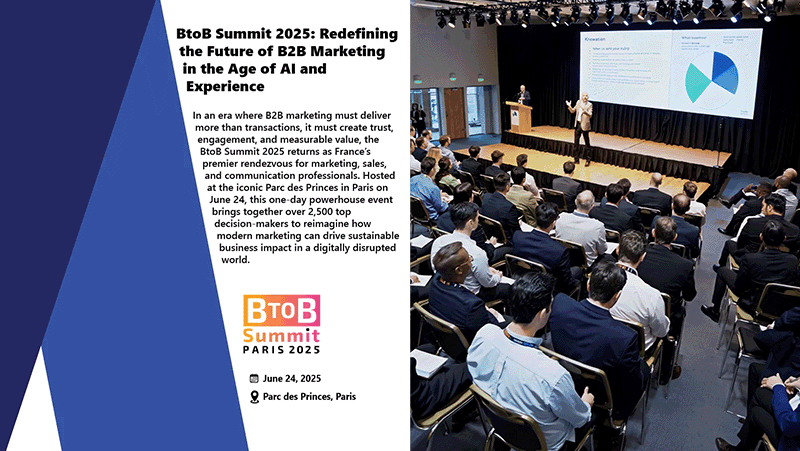Pendo, the all-in-one product experience platform, announced Pendo Listen, a new product in the Pendo One platform that accelerates product discovery so companies can build and launch successful products faster. Pendo Listen centralizes customer feedback from disparate sources, applies AI to extract patterns and insights from the feedback, and enables product teams to set product strategy and communicate their plans back to customers. Now with a 360 degree view of customer feedback, all in a single platform, product teams can confidently build and launch products that customers love and are willing to pay for.
“Pendo Listen puts unbiased customer feedback in a central location so we can identify the most important areas of our product to focus on. We can give customers a more ‘visible’ voice, and then share our roadmap with them. This is something that every product team should be doing,” said Ben Hollinsworth, head of product design at London-based Alto (part of Houseful), the market-leading CRM software for UK estate agents.
Pendo Listen is a critical tool for today’s companies as digital transformation accelerates, but R&D talent remains in short supply — the US Labor Department has estimated that the global shortage of software engineers may reach 85.2 million by 2030. It’s essential that developers build products and features that customers actually use, and that provide a return on the company’s R&D investment.
“It is the product team’s job to understand customer needs and partner with developers on what to build. But product discovery is too manual and time-consuming,” said Todd Olson, Pendo CEO and co-founder. “This is the perfect use case for AI and automation. Pendo Listen can instantly separate signal from noise in user feedback, freeing up product teams to design the best solutions and ensure developer time is well spent.”
Pendo Listen is so powerful because it seamlessly integrates with Pendo‘s behavioral analytics, session replay and in-app messaging capabilities. Customers can:
- Capture suggestions and feature requests from users while they are using an application, via a new customer portal.
- Instantly extract and categorize themes in feedback using AI, and assign them to relevant product teams.
- Understand user feedback in context by weighing it alongside actual usage data, or by watching a video playback of a user’s session just before the feedback was submitted.
- Engage with users following their feedback by delivering in-app messages. Messages can be used to test new ideas, communicate a launch or provide education about a feature set.
- Create customer-facing roadmaps to communicate plans and close the loop with users who submitted feedback.
- Send requirements with customer context to engineers via Jira and Azure DevOps integrations.
SOURCE: PRNewsWire
























Leave a Reply